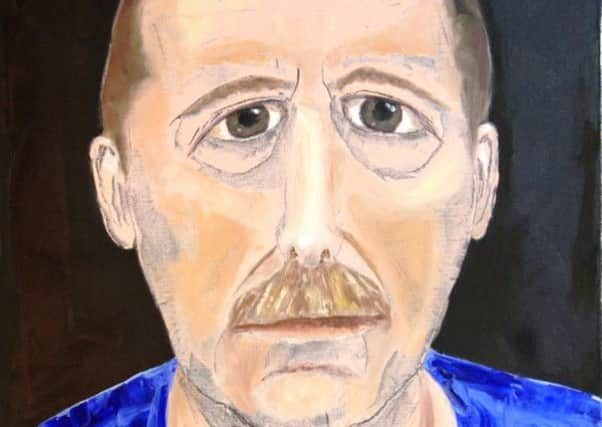Artwork considers the life of miners


Thirty years ago this week the miners returned to work after the year-long strike of 1984-85. It was a time of conflicting emotions which is reflected in the current exhibition at the National Coal Mining Museum of portraits of miners by artist and filmmaker Yvette Vanson.
The show celebrates miners all over the world and explores the political and social issues surrounding the industry.
Advertisement
Hide AdAdvertisement
Hide Ad“I wanted the exhibition to be more about now and the future in a way rather than just a reminiscence of the past,” says Vanson who took up painting ten years ago after a successful career as an independent filmmaker. “I acquire images, photographs, and paint from those. While I was researching I found out about the ghastly conditions that people are still working in whether they are gold miners, or copper miners or coal miners. Even in the US there were 34 deaths in mines last year. It is one of the strongest economies in the world and they are still killing miners. So that motivates me to paint them and to tell their stories.”
The paintings are close-up head and shoulders portraits and include pictures of miners from Yorkshire and South Wales alongside a copper miner from Zambia, gold miners in Mozambique, a female coal miner from India and a child miner in the Philippines. What is most striking about the images is the eyes which eloquently express the physical hardship of the subject’s working life.
“I believe in the old adage that the eyes are the window to the soul,” says Vanson. “It was unconscious really. I care about people and when I look at my work, in film as well, it is always about people.” Vanson’s award-winning film The Battle for Orgreave is one of the few contemporary documentaries about the miners’ strike. Made in 1985, it focussed on the aftermath of the violent encounter between police and striking miners at Orgreave coking plant in June 1984 when many miners were charged, and eventually acquitted, for their part in the incident.
Vanson took the miners back to the location where the confrontation took place allowing them to re-enact their own experience of that day and give voice to their story. The film also examined the trial and the political and economic aspects of the strike. “What I think should drive creative people is passion and commitment and having something to say,” says Vanson. “This notion of separating art and culture from meaning is very dangerous because then it becomes trite or superficial. Everything doesn’t have to be overtly political but it has to have a meaning.”
Advertisement
Hide AdAdvertisement
Hide AdOne of the miners featured in the film and also in the collection of portraits is Arthur Critchlow who was falsely accused of riot at Orgreave in 1984, along with more than 90 other miners. “He is a remarkable person,” says Vanson. “I asked him to send me a photograph of himself. I said ‘just look in the camera and think of the strike.’” The result is extraordinary – and very moving. Although she has had no formal art training – apart from taking classes at her local art school in Putney – Vanson has already, prior to this exhibition, had two well-received shows in London in 2013 and is planning another about children affected by war. “It will be very hard-hitting; I’m not going to pull any punches,” she says. “I have always believed that if you are doing something that’s a bit provocative you have to be the best you can be. Until my last breath I’ll be doing stuff that means something or is trying to wake people up and make them think.”
• Yvette Vanson’s exhibition Miners is at the National Coal Mining Museum until April 26. www.ncm.org.uk